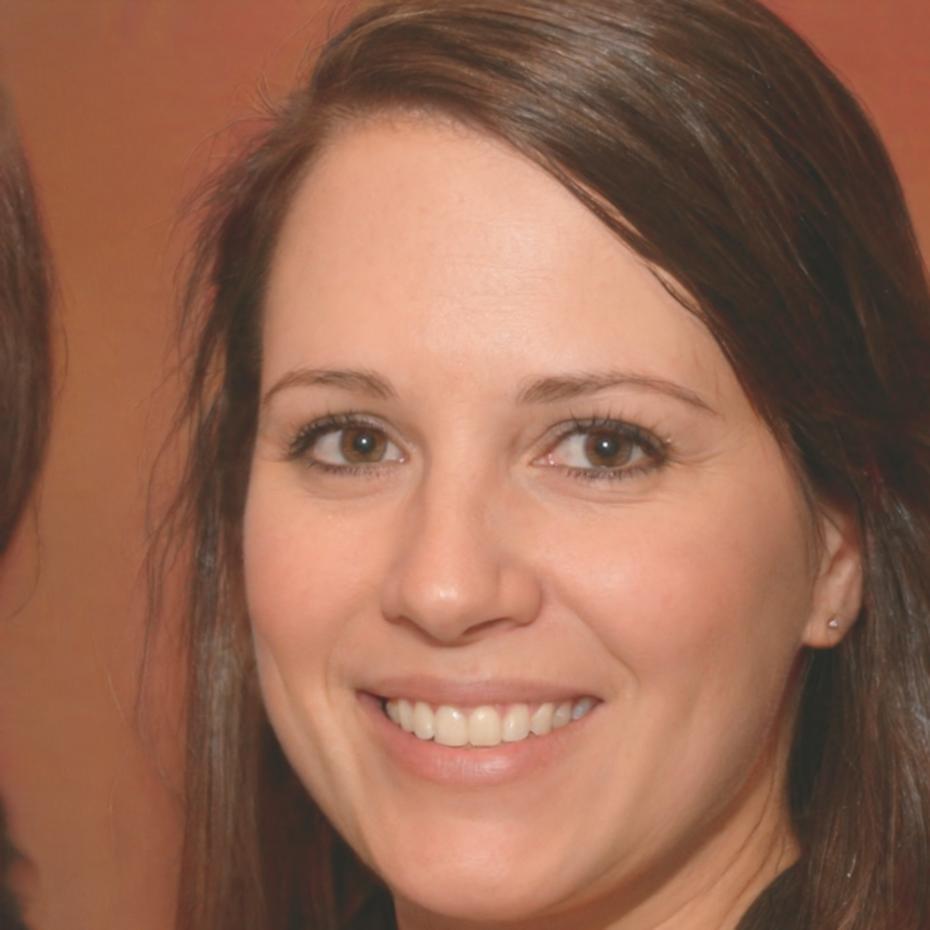Where This Training Actually Applies
The methods we teach show up in different contexts depending on your role. But the core skills — building reliable models quickly and communicating findings clearly — matter across industries.
Corporate FP&A Teams
Budget planning, variance analysis, rolling forecasts. You'll handle monthly reporting cycles where speed and accuracy both matter. The pressure comes from tight deadlines and executive scrutiny.
Investment Banking Support
Pitch book preparation, comparable company analysis, transaction modeling. Junior analysts spend most of their time building and refining financial models under senior review.
Private Equity Analysis
Portfolio company monitoring, deal evaluation, return projections. PE firms need analysts who can model different scenarios quickly and spot operational improvement opportunities.
Consulting Deliverables
Client-facing financial analysis, strategic recommendations, business case development. Models need to be both technically sound and visually clear for presentation.
Startup Finance Functions
Runway projections, fundraising materials, unit economics tracking. Early-stage companies need financial modeling that adapts as the business model evolves.
Ready to Build Job-Ready Modeling Skills?
Our next cohort starts in September 2025. We keep groups small to maintain quality feedback and practical focus.
Explore Program Details

